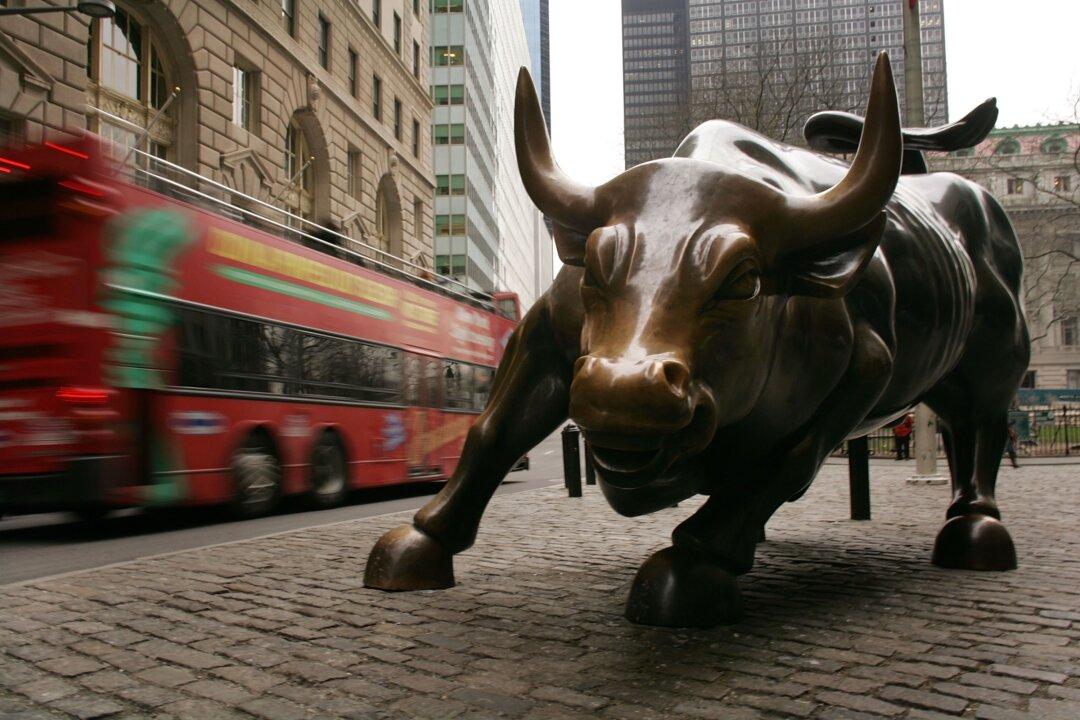The benchmark S&P 500 stock index, widely viewed as a proxy for the overall U.S. equities market, surged to close at 3,389.78 points on Tuesday, setting a new all-time high record and wiping out all its COVID-19-driven losses.
After plunging dramatically in late February into a bear market that hit bottom on March 23, the S&P 500 has now completed a full V-shaped recovery, rebounding some 55 percent off the pandemic lows and solidifying its new bull market run.





